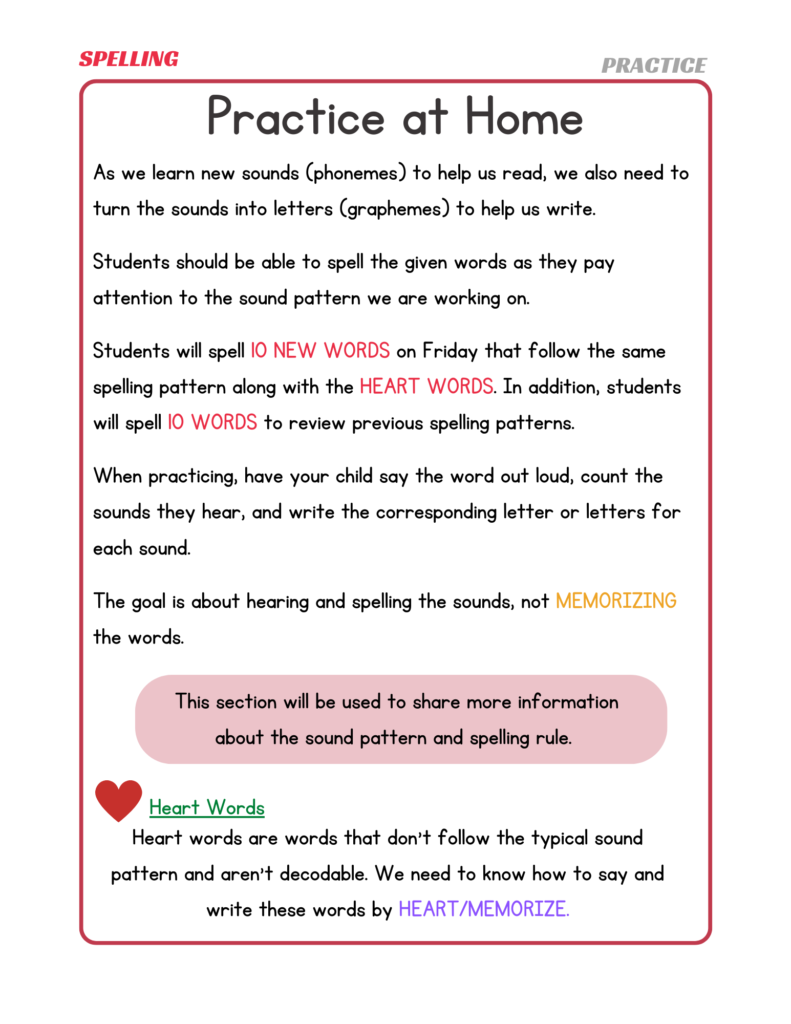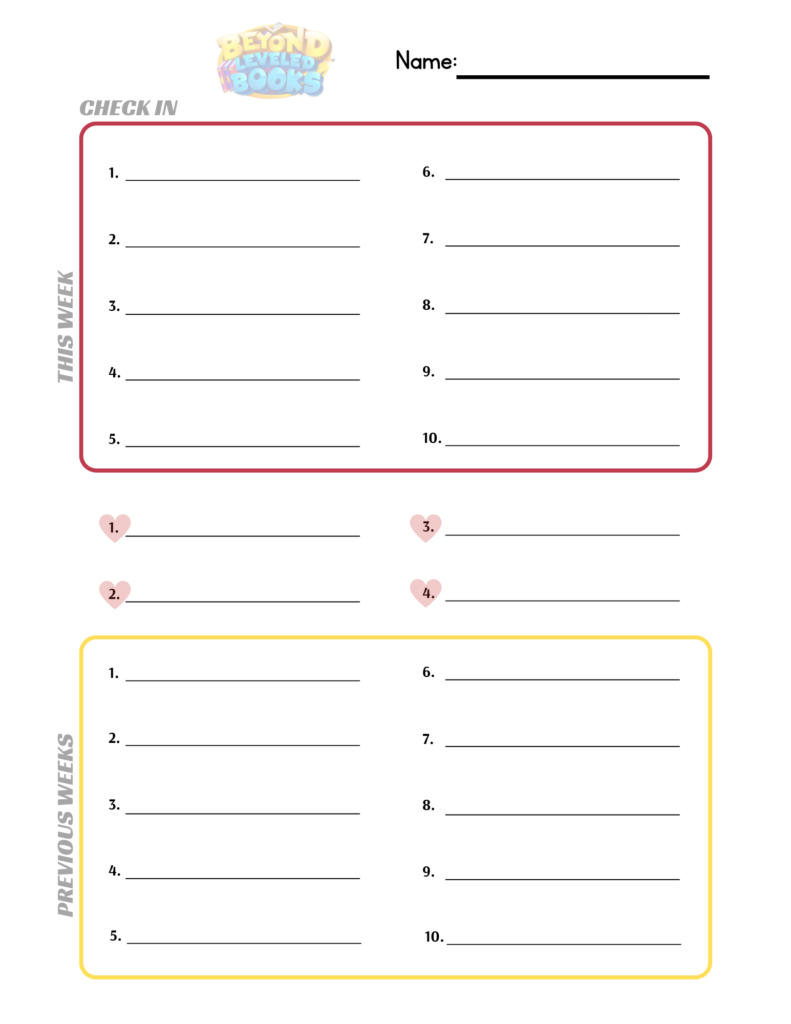
Spelling
When <c> comes before <e, i, or y>, it must say /s/.
If it comes before any other vowel or consonant, it says /k/.
When you hear the /k/ sound at the beginning of a word it is either a <c> or <k>
<c> says /k/ before an <a, o, u>
<c> says /s/ before an <e, i>
Note: Always use a <c> for the /k/ sound at the beginning of a word where the next letter is a consonant.
Activity PDF (Vowels Only)
Activity PDF (vowels & Consonants)
When you add a vowel suffix to a word where the last 3 letters are CVC, you must double the final consonant in the base.
When <g> comes before <e, i, or y>, it must say /j/.
If it comes before any other vowel or consonant, it says /g/.
When you hear the /j/ sound at the end of the word it is either <-dge>or <-ge>.
If the /j/ is after a short vowel youuse <-dge>, if the /j/ is after a consonant or long vowel you use <-ge>.
When you hear a /k/ sound at the end of a word and the /k/ is right after a short vowel, the ending is -ck.
If the /k/ sound is right after a long vowel or consonant, the ending is -k.
Job #1: Makes a vowel say its name
Job #2: Makes <c> say /s/ and <g> say /j/
- See C Rule & G Rule above
Job #3: Stops words ending with illegal letters <i, j, q, u, v>
- See Illegal letters below
Job #4: Can give the last syllable a vowel
Job #5: Eliminates confusion with a /s/ sound and whether or not the word is plural
Job #6: Acts as a signal to make the final consonant a voiced rather than unvoiced sound
Job #7: Helps. distinguish the function from content words
When adding a vowel suffix to a Final Silent <e>, take away the Final Silent <e>
i- Words end in either a -y or -ie.
j – See -ge vs -dge above
q- Words end in -que
u- Words end in -ue
v- Words end in -ve


